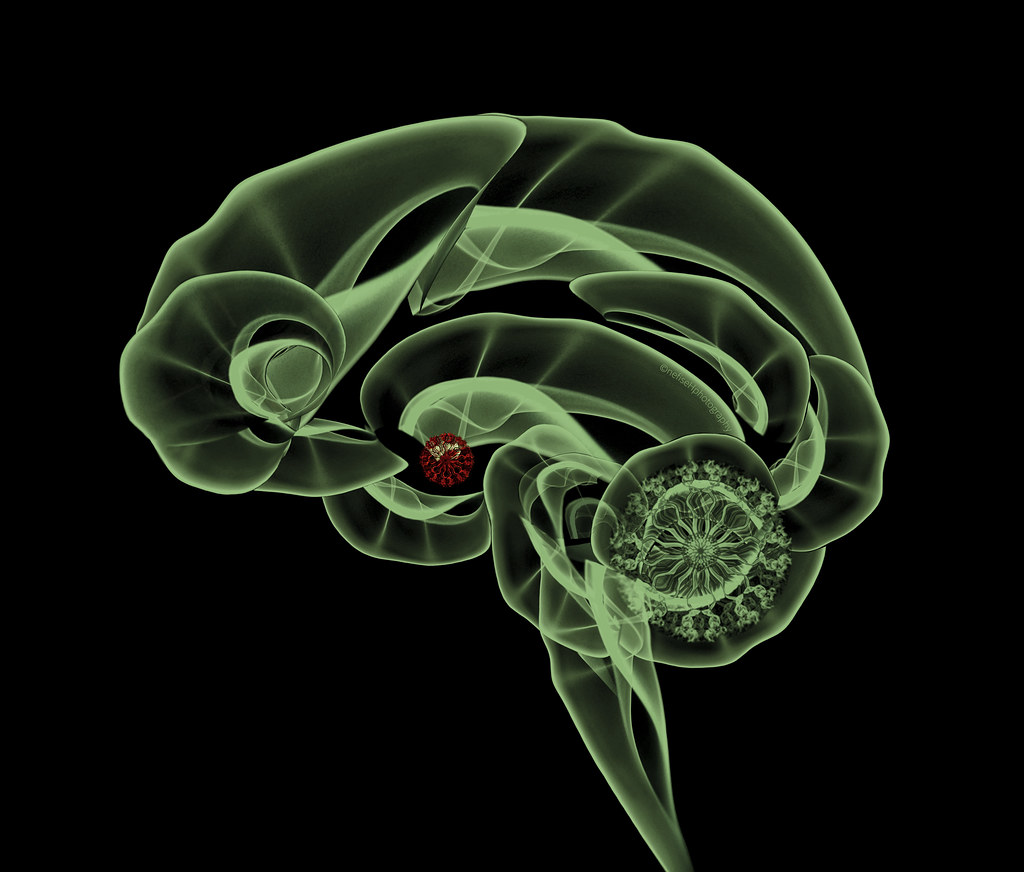In general, the amygdala exhibits a broader response to emotionally arousing stimuli, but it tends to be preferentially and consistently activated in the presence of potential threats. This observation underscores the amygdala’s crucial role in mediating fear and anxiety states. Notably, recent research has proposed the existence of distinct fear and anxiety systems within the amygdala, each regulated by separate pathways in its nuclei.
Investigations into extinction, a process where a previously learned behavior associated with a specific stimulus (e.g., jumping at the sight of a furry animal) ceases to be triggered by that same stimulus (e.g., not jumping at the sight of a furry animal), reveal insights into the heightened fear, anxiety, and distress experienced by individuals with anxiety disorders.
In anxiety disorders, those emotions fail to extinguish even when the stimuli are no longer threatening. This phenomenon is exemplified in conditions like post-traumatic stress disorder (PTSD), where impaired extinction contributes to the enduring emotional responses despite the absence of ongoing threats.
Quick Reviews of the literature:
PTSD: Functional neuroimaging studies in PTSD report that the amygdala is hyperresponsive, while the ventral portions (front) of the medial prefrontal cortex are hyporesponsive, and more interestingly resilience to PTSD may be associated with relatively decreased amygdala responsiveness.
Panic Disorder: Several studies have consistently provided evidence of amygdala and brain stem hyper-responsivity in panic disorder. Furthermore, a PET study(Positron Emission Tomography) found greater resting glucose metabolism in the amygdala (a sign that the amygdala was very active in the absence of stimuli).
Social Phobia: Exaggerated amygdala activation has been faithfully observed in social phobia during public speaking, the anticipation of public speaking, negative comments, and even neutral faces.
Specific Phobia: The amygdala, dorsal (back) anterior cingulate cortex, and insular cortex appear to be hyperactivated in the presence of phobia-related stimuli. However, these abnormalities tend to disappear with successful treatment.
Generalized Anxiety Disorder: There are no consistent results about what brain regions are hyperactive in GAD.
References:
Shin, L. M., & Liberzon, I. (2010). The neurocircuitry of fear, stress, and anxiety disorders. Neuropsychopharmacology, 35(1), 169-191. doi:10.1038/npp.2009.83


One Response
didn’t know that!